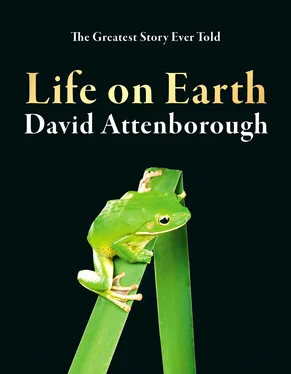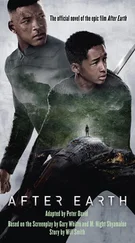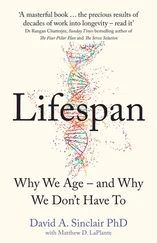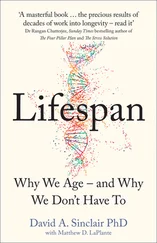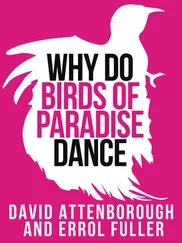Right from the times of the giant horsetails and ferns, insects had been accustomed to visiting the tops of trees to gather spores as food. Pollen was an almost identical diet and it still remains a most important prize. Bees collect it in capacious baskets on their thighs and take it back to their hives for immediate consumption or for turning into pollen bread which is an essential food for their developing young. Some plants, among them species of myrtle, produce two kinds of pollen, one that fertilises their flowers, and another of a particularly tasty kind that has no value except as food.
Other flowers developed a completely new bribe, nectar. The only purpose of this sweet liquid is to please insects so greatly that they devote all possible time during the flowering season to collecting it. With this the plants recruited a whole new regiment of messengers, particularly bees, flies and butterflies.
These prizes of pollen and nectar have to be advertised. The bright colours of flowers make them conspicuous from considerable distances. As the insect approaches, it is provided with markings on the petals which indicate the exact placing of the rewards they seek. Some flowers intensify their colours towards the centre or introduce another shade altogether – as do forget-me-nots, hollyhocks, bindweed. Others are marked with lines and spots like an airfield to show the insect where to land and in which direction to taxi – foxgloves, violets and rhododendrons. There are more of these signals on flowers than we may realise. Many insects can perceive colours of the spectrum that are invisible to us. If we photograph what seem to be plain flowers in ultraviolet light, we can see many more such markings on the petals.

Bee orchid ( Ophrys apifera ) in flower. Dorset, UK, June.
Scent is also a major lure. In most cases, the perfumes that insects find attractive, such as those produced by lavender, roses, and honeysuckle, please us as well. But this is not always the case. Some flies are attracted to rotting flesh as a food for themselves and their maggots. Flowers that enlist them as pollinators must cater for their tastes and produce a similar smell, and they often do so with an accuracy and pungency far beyond the endurance of the human nose. The maggot-bearing Stapelia from southern Africa has flowers that reek dreadfully of carrion but it also reinforces its appeal to flies with wrinkled brown petals covered with hairs that look like the decaying skin of a dead animal. To complete the illusion, the plant generates heat that mimics the warmth produced by corruption. The whole effect is so convincing that flies transporting Stapelia ’s pollen not only visit flower after flower, but even complete the activity for which they visit real carrion – laying their eggs on the flower just as they do in a carcass. When these hatch, the maggots find that they are not provided with a meal of rotting meat but only an inedible petal. They die from starvation, but the Stapelia has been fertilised.
Perhaps the most bizarre imitations of all are those of some orchids that attract insects by sexual impersonation. One produces a flower that closely resembles the form of a female wasp complete with eyes, antennae and wings and even gives off the odour of a female wasp in mating condition. Male wasps, deceived, attempt to copulate with it. As they do so, they deposit a load of pollen within the orchid flower and immediately afterwards receive a fresh batch to carry to the next false female. The extent of this mimicry can be far greater than mere physical resemblance. The orchid’s flowers are covered with waxes that correspond to an extraordinary degree to the sex-specific pheromones that cover the female wasp and which are just as attractive. These orchids produce no nectar. The reward they provide for their insect pollinators is not sex, but its illusion.
Sometimes insects are disinclined to collect pollen, preferring nectar, and will bypass the plant’s strategies and become nectar thieves, biting their way through the flowers from the outside and inserting their proboscis into the nectar source without getting covered in pollen. Then the flowers have to have devices to force their pollen on the insect. Some blooms have become obstacle courses during which their visitors are pummelled by stamens and bombarded with pollen before they are able to leave. Broom flowers are so constructed that if, for example a bee, lands, the stamens, packed under tension inside a sealed capsule of petals, shoot out and strike the underside of the bee, covering its furry abdomen with pollen. The bucket orchid from Central America drugs its visitors. Bees clamber into its throat and sip a nectar so intoxicating that after they have taken only a little they begin to stagger about. The surface of the flower is particularly slippery. The bees lose their foothold and fall into a small bucket of liquid. The only way out of this is up a spout. As the inebriated insect totters up, it has to wriggle beneath an overhanging rod which showers it with pollen.
Rafflesia flower ( Rafflesia keithii ) in Gunung Gading National Park, Borneo, Sarawak, Malaysia.
Sometimes plant and insect become totally dependent one upon the other. The yucca grows in Central America. It has a rosette of spear-shaped leaves from the centre of which rises a mast bearing cream-coloured flowers. These attract a small moth with a specially curved proboscis that enables it to gather pollen from the yucca stamens. It moulds the pollen into a ball and then carries it off to another yucca flower. First it goes to the bottom of the flower, pierces the base of the ovary with its ovipositor and lays several eggs on some of the ovules that lie within. Then it climbs back up to the top of the stigma rising from the ovary and rams the pollen ball into the top. The plant has now been fertilised and in due course all the ovules in the chamber at the base will swell into seeds. Those that carry the moth’s eggs will grow particularly large and be eaten by the young caterpillars. The rest will propagate the yucca. If the moth were to become extinct, the yuccas would never set seed. If the yuccas disappeared, the moth’s caterpillars could not develop. Each species is inextricably in the debt of the other.
One further debt is clear. Flowers, exquisitely perfumed and graced with a multitude of colours and shapes, bloomed long before humans appeared on the earth. They evolved in order to appeal not to us but to insects. Had butterflies been colour-blind and bees without a delicate sense of smell, we would have been denied some of the greatest delights that the natural world has to offer.
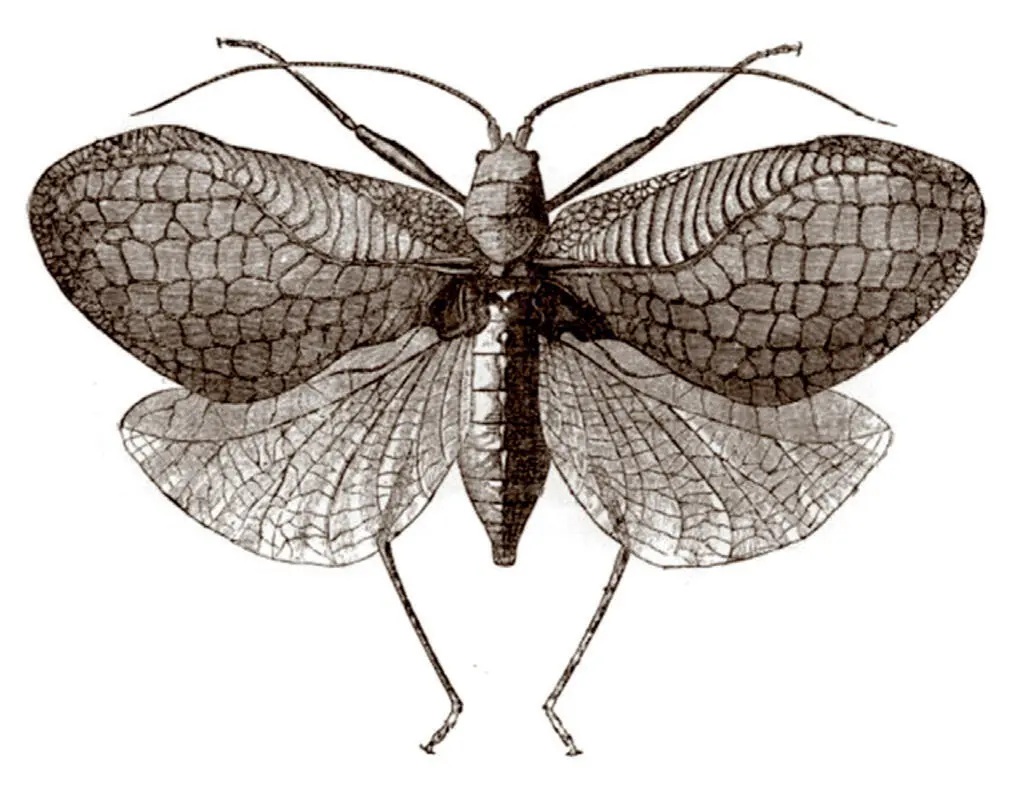
FOUR
The Swarming Hordes
By any standards, the insect body must be reckoned the most successful of all the solutions to the problems of living on the surface of the earth. Insects swarm in deserts as well as forests; they swim below water and crawl in deep caves in perpetual darkness. They fly over the high peaks of the Himalayas and exist in surprising numbers on the permanent icecaps of the Poles. One fly makes its home in pools of crude oil welling up from the ground; another lives in steaming-hot volcanic springs. Some deliberately seek high concentrations of brine and others regularly withstand being frozen solid. They excavate homes for themselves in the skins of animals and burrow long winding tunnels within the thickness of a leaf.
Читать дальше
